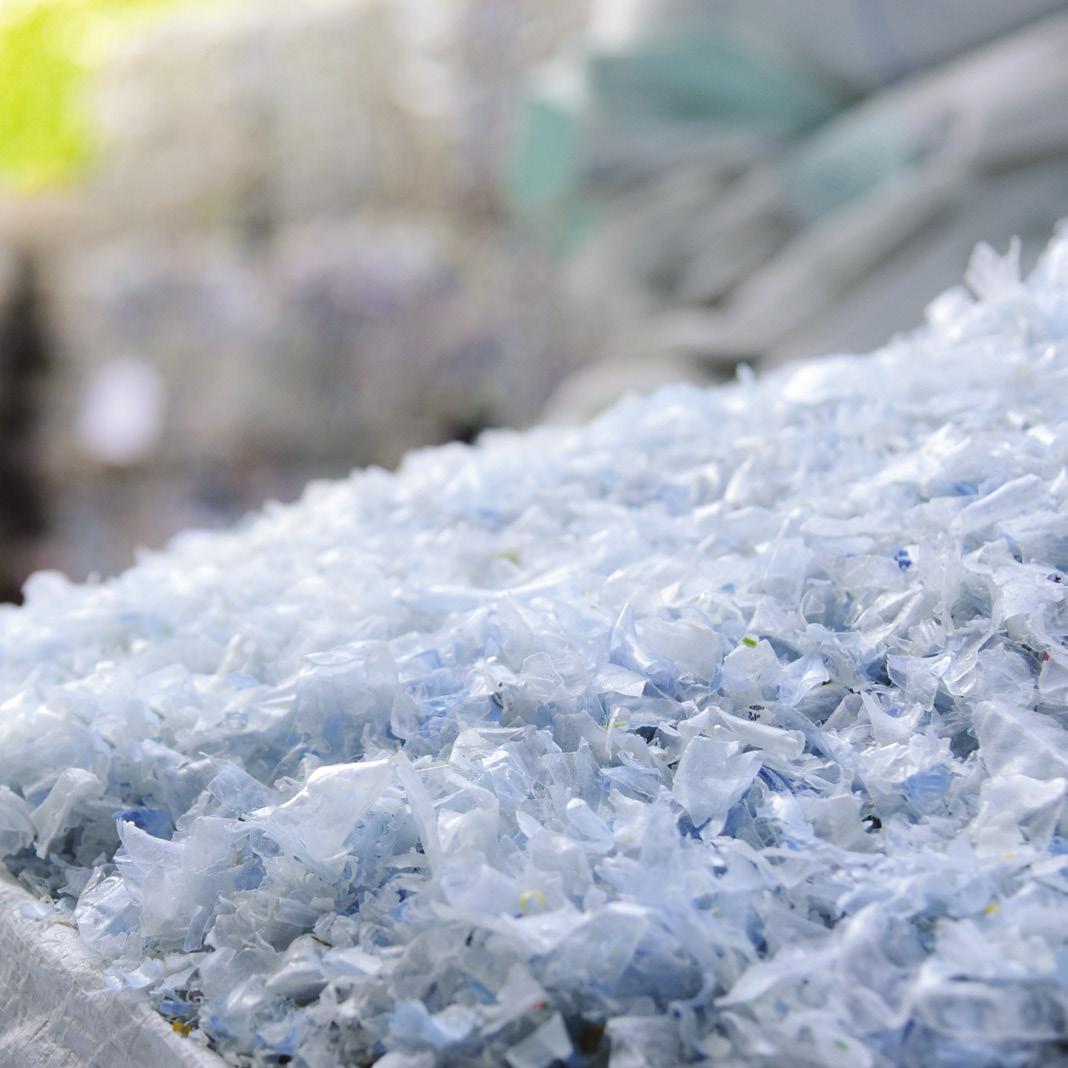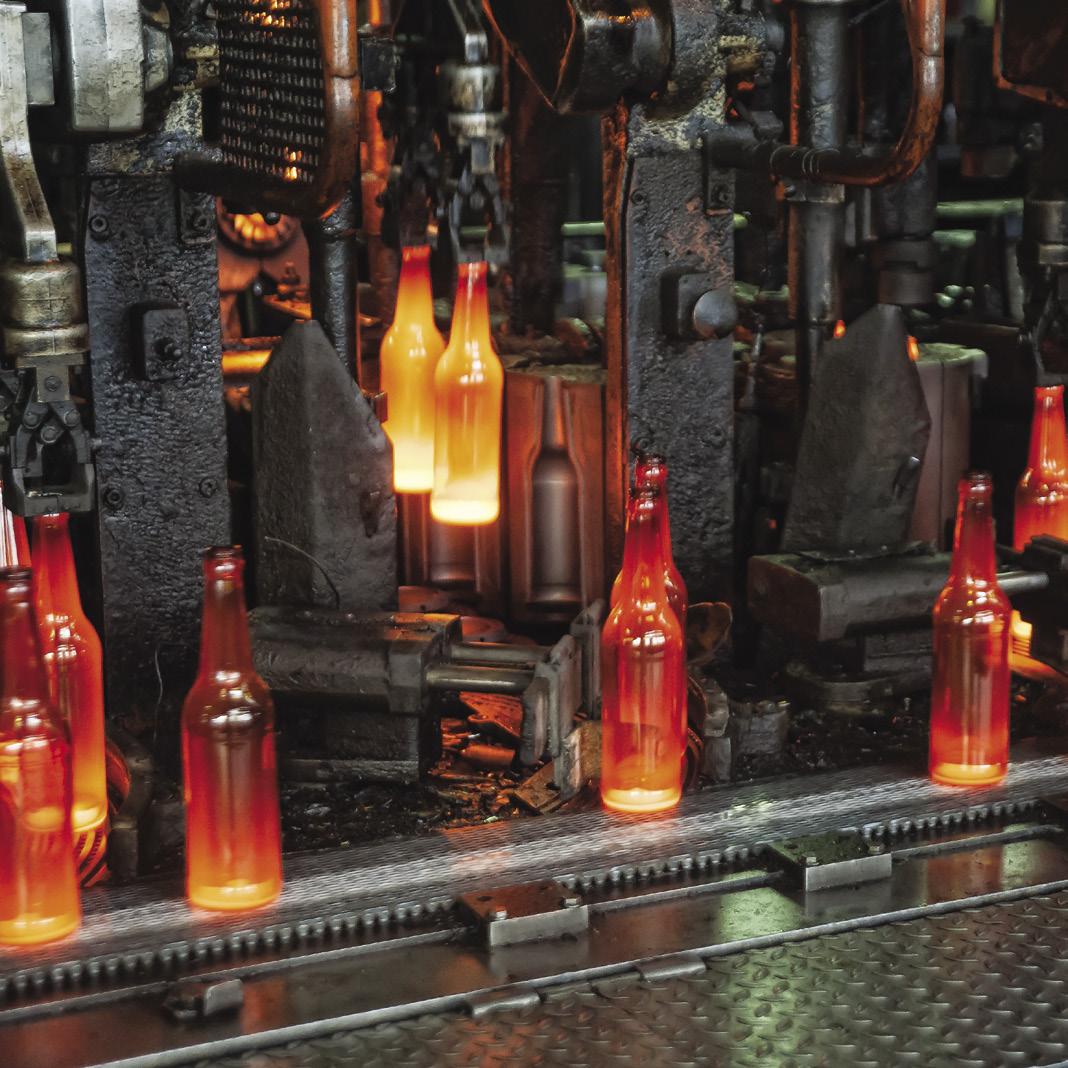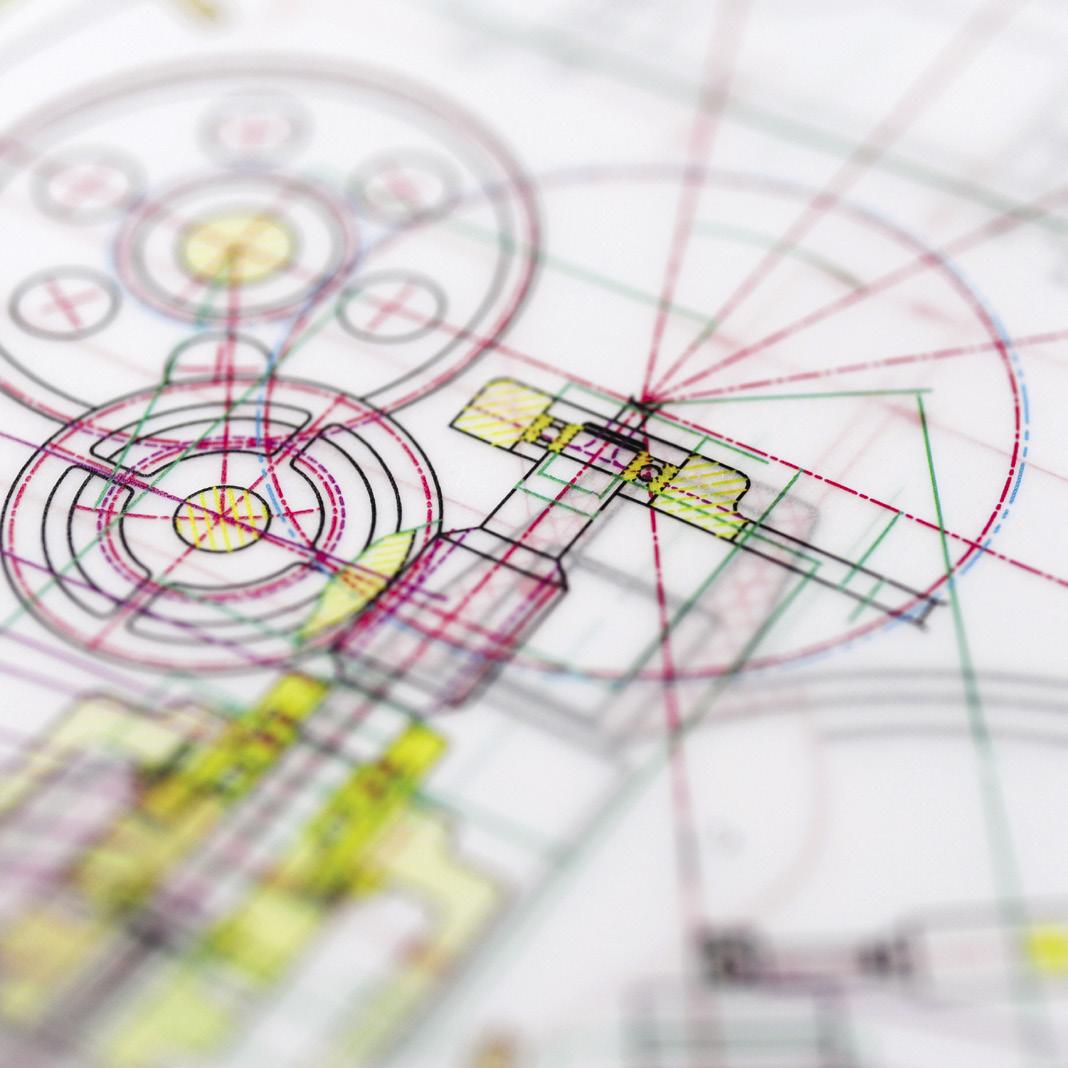
6 minute read
Plastic-only strategies are not working
from Fixing the system
Maintaining current systems and simply encouraging shifts away from plastic and towards other materials is problematic.
To understand the current impact of different materials, and assess wider impacts in a way that lifecycle assessments cannot, PwC examined the greenhouse gas impacts of packaging types currently used in the UK on behalf of the Circular Economy Task Force. The analysis used economic input-output modelling to estimate total greenhouse gas impacts throughout the packaging supply chain, not only within the UK. 34
Advertisement
All materials used for packaging consumed in the UK account for 13.4 megatonnes of CO 2 equivalent in total, which is 1.7 per cent of the country’s consumption emissions. 35 The scale of emissions arising from each common packaging material, revealed by this study, makes it clear that all materials should be addressed, not just plastic. As all materials have impacts, resource strategy should prioritise reduction in use first.
Greenhouse gas impacts per kilogram of packaging consumed in the UK (kg CO 2 e)
6
5 Aluminium has the highest impact per kg, but decarbonising production and higher recycled content would improve performance
kg CO 2 e 4
3
2
1
0
Aluminium Steel Plastic Glass Paper and card
By weight, and based on current levels of recycled content, aluminium production is the most carbon intensive, followed by steel and plastic.
Greenhouse gas impacts of packaging consumed in the UK in 2018
4
3 Opportunities exist to decarbonise paper production, but sustainable sourcing pressures could rise Virgin Recycled
2 MtCO ₂ e
1
16 0
Paper and card Aluminium Plastic Steel Glass
Although aluminium is the most carbon intensive material to produce, in 2018, paper and card was responsible for more UK emissions than other materials, partly because it is 45 per cent of the packaging market.
Representative greenhouse gas impact of material used to make a 500ml drinks container
0.30
kg CO 2 e 0.25
0.20
0.15
0.10 Glass impacts are high partly due to weight. Higher recycled content and decarbonised heat and transport could improve its performance
0.05
0
Glass Aluminium Plastic
Carbon impacts are also influenced by a container’s weight which can vary significantly, depending on the material used, eg a 500ml container made of glass, based on current recycled content rates for packaging in the UK, would generate significantly higher emissions than typical alternatives. This analysis only considers the impacts associated with the single use of a packaging material; reusing items will reduce overall environmental impact in most instances. Additionally, it is possible to recycle both glass and aluminium easily with little loss of quality, meaning their impact could be less if recycled content increases from current levels.
Simply switching to other single use materials could increase carbon emissions
Plastic has many negative impacts on the environment, so how it is used must change, but just switching to another material for the same use, without addressing issues in the whole system could increase the UK’s carbon emissions.
PwC estimates that switching all current consumption of plastic packaging (1.6 million tonnes) on a like for like basis, to the other materials currently used for packaging in the UK could almost triple associated carbon emissions from 1.7 billion tonnes CO 2 e to 4.8 billion tonnes CO 2 e. 36,37
Other impacts must also be considered
Greenhouse gases are not the only consequence. Other environmental impacts should also be considered, like water use and pollution, including to land, water and air. Currently, aluminium production uses more water on a per kilogram basis, for instance, but paper produced for the UK market uses the most water overall, due to its greater market share.
This study shows that the multiple impacts and consequences of all material production need to be considered in developing a better approach. This is not to say we should be continuing to use plastic as we have done, especially given the risk that plastic production will increase. As has been well documented, and is widely accepted, the current system has resulted in considerable damage from plastic use, not least to the marine environment, which are not accounted for in these metrics.
Addressing the root problems of our throwaway culture should be the starting point, not only to prevent marine plastic pollution but to reduce material use and waste across the economy. This means changing the system so that it addresses all the environmental impacts of materials, rather than attempting to solve the problem of plastic pollution in isolation.
Novel materials, like compostable plastics, highlight a major shortcoming of the current system of resource management: materials need to be introduced into a system that can deal with them properly and that allows them to deliver benefits.
For example, the Houses of Parliament switched to compostable packaging in October 2018. Even though it provided dedicated composting bins, all of the material collected in the first six months was sent to incineration because of contamination. 38 After this was exposed, a bespoke supply chain that allowed composting was established.
This approach missed out on an opportunity to eliminate single use material entirely and also highlights a wider challenge. Parliament is a relatively closed estate, with control over what is sold and how it is collected. Ordinary cafes and other managed facilities, which are also increasingly introducing single use compostables, have little influence over infrastructure and supply chains to ensure proper treatment. 39 Only effective policy can make sure the right system is in place.
A first step towards this would be to deliver on the promise of England’s resources and waste strategy to have a separate food waste collection service by 2023. For this to work, policy should ensure that only material that degrades in real life treatment conditions is allowed onto the market, and a composting stage should be added after anaerobic digestion (AD). AD is the default treatment for food waste in the UK, but the process is too fast to handle material like compostable plastic. Other European countries like Italy have made AD followed by composting mandatory. The UK should follow suit. 40
Cross contamination of waste streams Contamination of conventional plastic with compostable plastic, and vice versa, is very problematic. PLA, the most common compostable plastic, and PET, a common polymer for drinks bottles, can be used for many of the same applications. But, at concentrations of just 0.1 per cent, contamination with PLA can cause cosmetic and structural problems to PET, rendering recycled material unusable for many applications. 41
Likewise, PET and other non-compostable plastics are equally problematic for composters and AD operators. Compost that is contaminated with conventional plastic risks chemicals leaching into soil, microplastics being flushed into waterways and a devaluing of compost’s use in agriculture. The Environment Agency has suggested the level of plastic acceptable in compost needs to be lowered considerably, from five per cent to just 0.5 per cent, after finding elevated levels of chemicals in compost, which it believes come from plastic contaminants. 42
Composters and AD operators are currently unable to distinguish between PET and PLA and so, to avoid contaminating compost with PET, most plastics, compostable or not, are currently removed from organic waste and sent to landfill or incineration facilities. 43 Similarly, the Department for Environment, Food and Rural Affairs (Defra) has admitted that the growth in compostable materials is problematic without the proper treatment infrastructure in place and better understanding of its use, cautioning that it “may be necessary for consumers to be advised to put this type of packaging in the residual waste bin.” 44







